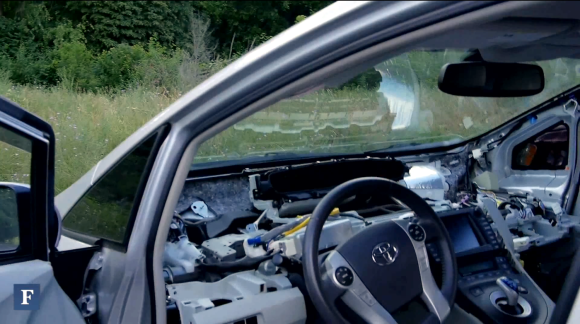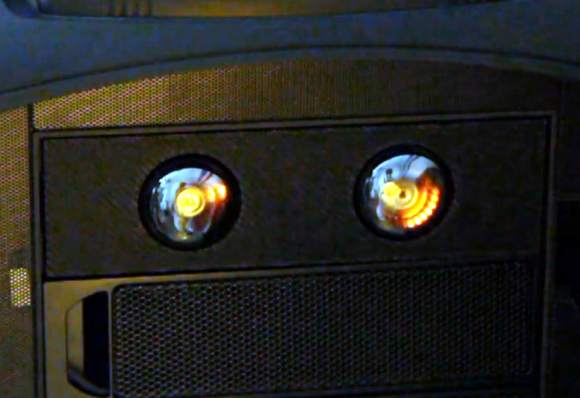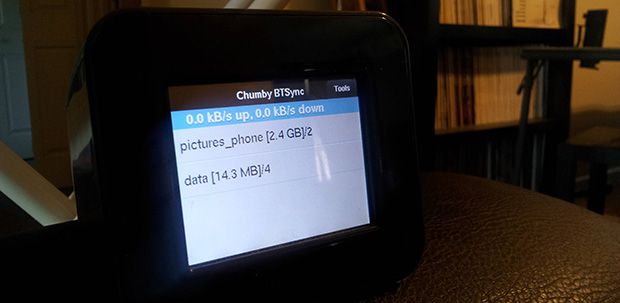
This one’s a treasure trove of CAN bus hacks that will scare the crap out of an unsuspecting driver — or worse. [Charlie Miller] and [Chris Valasek] are getting ready to present their findings, which were underwritten by DARPA, at this year’s Defcon. They gave a Forbes reporter a turn in the driver’s seat in order to show off.
You’ve got to see the video on this one. We haven’t had this much fun looking at potentially deadly car hacking since Waterloo Labs decided to go surfing on an Olds. The hacks shown off start as seemingly innocent data tweaks, like misrepresenting your fuel level or displaying 199 mph on the speedometer while the car is standing still. But things start to get interesting when they take that speed readout from 199 down to zero instantly, which has the effect of telling the car you’ve been in a crash (don’t worry, the airbags don’t fire). Other devilish tricks include yanking the steering wheel to one side by issuing a command telling the car to park itself when driving down the road. Worst of all is the ability to disable the brakes while the vehicle is in motion. Oh the pedal still moves, but the brake calipers don’t respond.
The purpose of the work is to highlight areas where auto manufacturers need to tighten up security. It certainly gives us an idea of what we’ll see in the next Bond film.
Continue reading “Defcon Presenters Preview Hack That Takes Prius Out Of Driver’s Control”
















